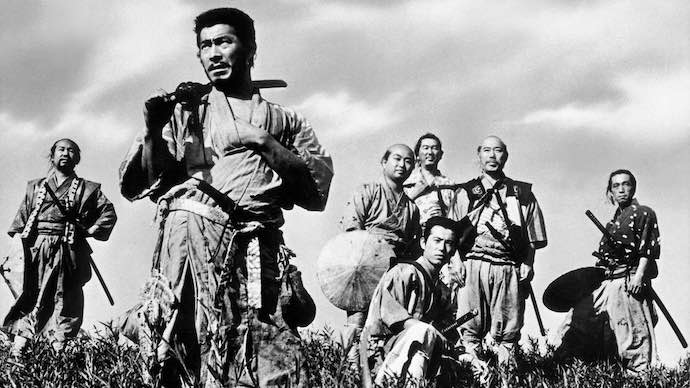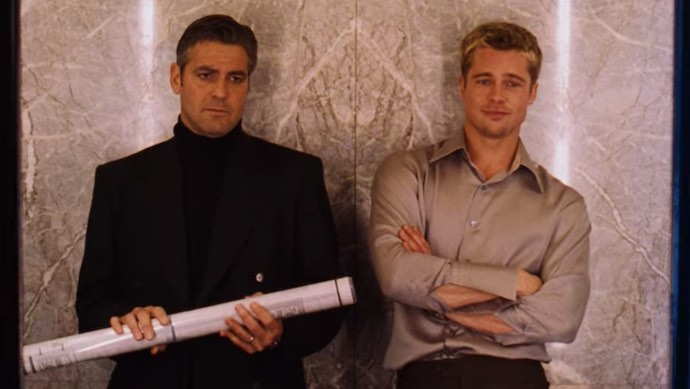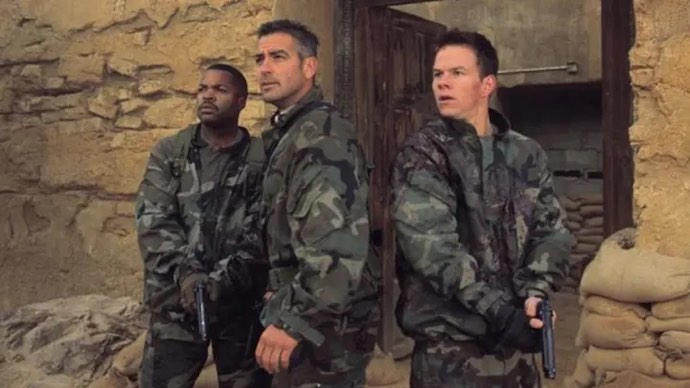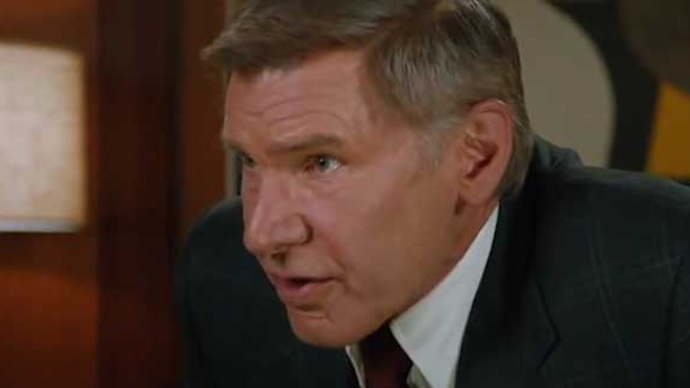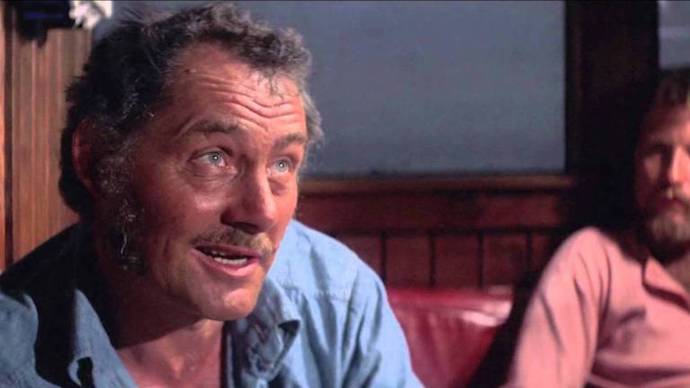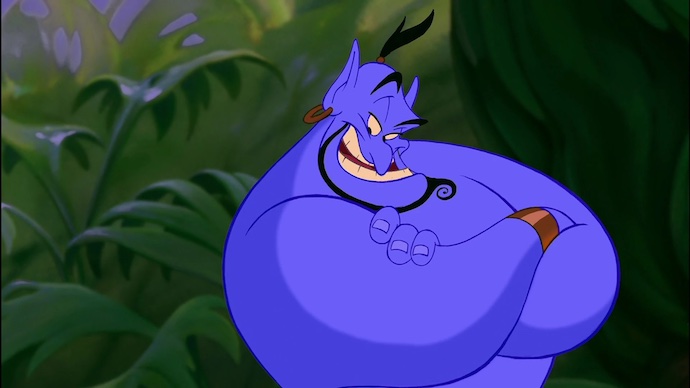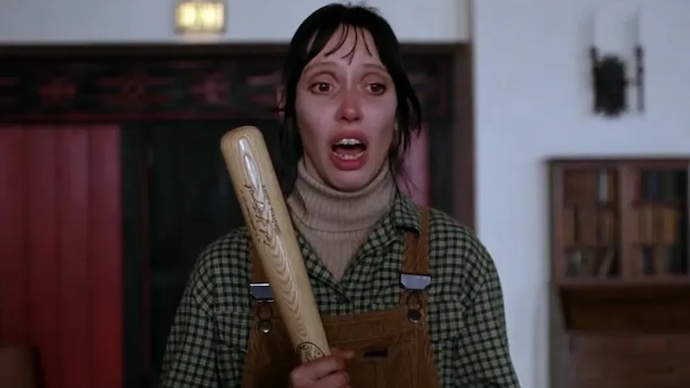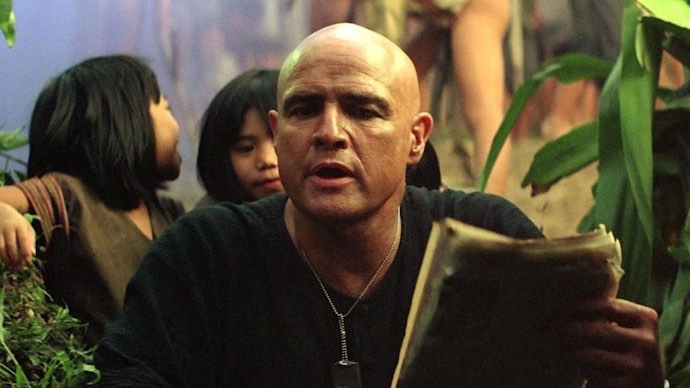But then there are film productions where the entire cast gets along and has a blast together, wrapping up with great adoration for one another. These are the kinds of movie sets that most movie directors dream of. Hollywood movie sets are all over the place. The stories we hear from actors, directors, and crew show us that experiences on set can be funny, heartwarming, cringeworthy, nasty, or even terrifying. Here are some of the juiciest and most infamous behind-the-scenes stories from famous Hollywood movie productions.
8. Akira Kurosawa Overspent on Production of Seven Samurai
During the filming of Seven Samurai, the studio felt that director Akira Kurosawa was spending far too much money—so they promptly cut the budget on his masterpiece, forcing production to halt. But the great filmmaker wasn’t worried. Instead, whenever the studio did this—and it happened several times—he simply went back to his countryside home and fished without concern. Why was he so relaxed? He knew too much money had already been sunk into production that the studio couldn’t afford to not finish the film. Kurosawa eventually completed it, resulting in one of the greatest classic films that became a pillar of filmmaking.
7. George Clooney Pranked Brad Pitt
When George Clooney was busy at work filming Ocean’s Eleven with his all-star cast, one day he walked into a store in Burbank, California and found a licence plate wrap that was in the shape of a marijuana plant. As a prank, Clooney bought it on the spot and applied it to the back of Brad Pitt’s car (which also had the words “F*** Cops” written on it). His hope was that Pitt would be pulled over—which he was. This launched the duo’s infamous war of pranks, where they’d get back at each other over the years and become enduring friends.
6. George Clooney Fought David O’Russell
Director David O’Russell is known for being a bit of a hothead. When George Clooney was filming Three Kings, David O’Russell was indeed what he always appeared to be on set: a jerk. In true Clooney fashion, the famous actor tried to mitigate the situation by telling O’Russell to calm down and stop screaming at people. But one particular day on set, O’Russell had a vicious altercation with an extra, in which he allegedly shoved him to the floor. Clooney then got involved and ended up in a fight with O’Russell, with O’Russell reportedly ending up on the floor. After the film wrapped, Clooney vowed to never work with him again. (He has since made up with the director.)
5. Will Ferrell Rejected Harrison Ford
Communication is everything. Unfortunately for Will Ferrell, communication went haywire between him and Harrison Ford while the pair were filming Anchorman 2: The Legend Continues. Early during filming, Ferrell was in his makeup chair, concentrating on his scenes, nervous about playing Ron Burgundy again. Harrison Ford then walked in, calmly pointed at Ferrell, and said: “Dinner?” At the time, Ferrell interpreted this to mean, “Do you have dinner?” And so he responded with: “No, I’m fine. I have dinner in my trailer.” It was only after Ford left that Ferrell realized he was asking him to dinner with him—and that he’d roundly rejected him by implying he’d rather eat alone in his trailer than go out with Harrison Ford.
4. Robert Shaw Struggled to Film the USS Indianapolis Scene in Jaws
During the nightmarish production of Jaws, everything was strained to the point of breaking: the budget, the studio, the filming time, the director, and most of all, Robert Shaw who was often drunk. So, when it came to doing the famous USS Indianapolis scene, Shaw couldn’t get the scene right. He was too drunk to properly recite the dialogue and kept ruining takes for Steven Spielberg. The next day, an embarrassed Shaw asked Spielberg for one more take, which Spielberg graciously gave him (despite having moved on). Fortunately, the legendary actor got it in one shot that time.
3. Robin Williams Improvised Most of His Lines as Genie in Aladdin
There are many feelgood stories about Robin Williams and his on-set behavior, from his kindness to the boys in Dead Poets Society to his friendship with Matt Damon and Ben Affleck in Good Will Hunting. (He even cut his own salary so that film could get made.) But there’s no greater behind-the-scenes story about Robin Williams than his involvement in Aladdin as Genie. Williams threw away the script and improvised over 20 hours of material for Disney instead. With every hour of new dialogue, the team of animators for the Genie kept growing so they could keep up with the character’s improvisations.
2. Stanley Kubrick Tormented Shelley Duvall to Shape Her Performance
Stanley Kubrick was known to be a meticulous man—one who allegedly suffered with OCD. That’s a reasonable explanation for his actions, attitudes, and behaviors throughout his career as movie director. One of the most infamous stories about Stanley Kubrick is how he used bullying tactics to get the exact kind of performance he wanted out of actress Shelley Duvall. What kind of performance was it? One of a woman who was mentally strained and on the verge of breaking down. Unfortunately for Duvall, Kubrick’s actions were much too harsh. The actress suffered hair loss and nervous exhaustion throughout filming (which was supposed to last three months but ended closer to six). After The Shining, Shelley Duvall took a long break from acting. It was only many years later that she opened up about her experience.
1. The Entirety of Apocalypse Now
Apocalypse Now was downright cursed. There’s no other way to put it. How else could you describe a film production where typhoons wrecked sets, Martin Sheen had a stress-induced heart attack, and director Francis Ford Coppola contemplated killing himself? As if all that weren’t enough, the actions of Marlon Brando only compounded the nightmare this film became. When Marlon Brando turned up in Southeast Asia, he was much too fat to play Colonel Kurtz. He refused to come out of his boat until changes were made to his character, and he staunchly refused to work for days on end. In the end, you might say it was all worth it given that Apocalypse Now is a masterpiece of post-New Wave cinema. But for everyone on set during that cursed year of production? They might not agree.
